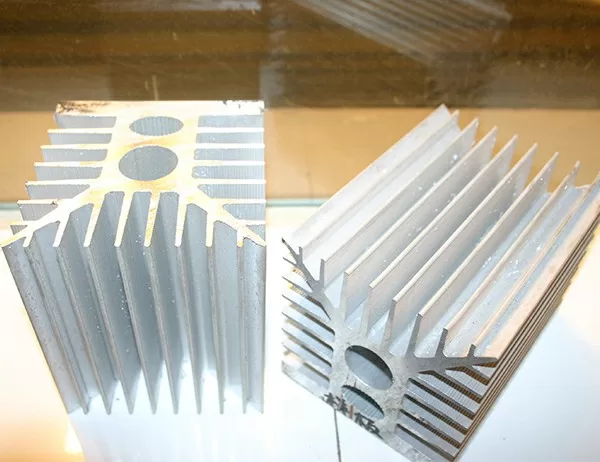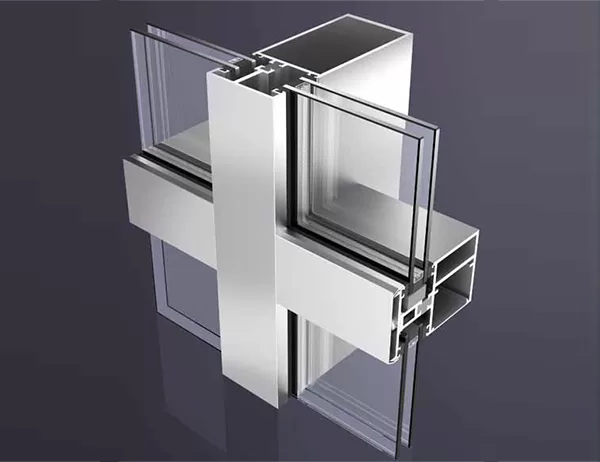Solar photovoltaic (PV) systems convert sunlight into electricity, and the efficiency of these systems is crucial for maximizing energy output. Solar aluminum frames are an essential component of PV systems, providing structural support and durability. However, the design and characteristics of these frames can significantly impact energy yield.
Frame Shading and Reflectivity
One of the primary factors affecting energy output is frame shading. Solar aluminum frames can block sunlight from reaching the PV panels, reducing the amount of electricity generated. The width, height, and shape of the frames can influence the degree of shading, especially at low sun angles during sunrise and sunset. Additionally, the reflectivity of the frames can affect the amount of light that is lost due to reflection. Frames with higher reflectivity tend to redirect more sunlight away from the panels, further reducing energy output.
Thermal Conductivity and Efficiency
Solar aluminum frames play a crucial role in maintaining the temperature of PV panels. Aluminum is a highly conductive material, which means that it can transfer heat from the panels to the surrounding environment. This can lead to overheating, especially in warm climates. Overheating can reduce the efficiency of the panels and shorten their lifespan.
However, the thermal conductivity of aluminum frames can also be beneficial. In cold climates, aluminum frames can help to dissipate heat generated by the panels, preventing ice and snow buildup. This can improve energy output during low-temperature conditions.
Structural Stability and Reliability
Solar aluminum frames are essential for providing structural support to PV panels, ensuring their stability and longevity. However, the design and thickness of the frames can impact energy output. Heavier frames provide greater stability but can also increase shading and reduce efficiency. Lighter frames, on the other hand, may compromise structural integrity and pose a risk of damage during high winds or heavy snow loads.
Cost and Return on Investment
The cost of solar aluminum frames is an important consideration when designing PV systems. While more expensive frames may offer better performance, they may also increase the overall system cost. It is crucial to evaluate the trade-off between frame cost and potential energy gains.
Conclusion
The design and characteristics of solar aluminum frames can significantly impact the energy output of PV systems. By considering factors such as frame shading, reflectivity, thermal conductivity, structural stability, and cost, it is possible to optimize frame design to maximize energy production and improve the overall efficiency of PV systems. This can lead to increased savings, reduced operating expenses, and a higher return on investment for solar energy projects.




